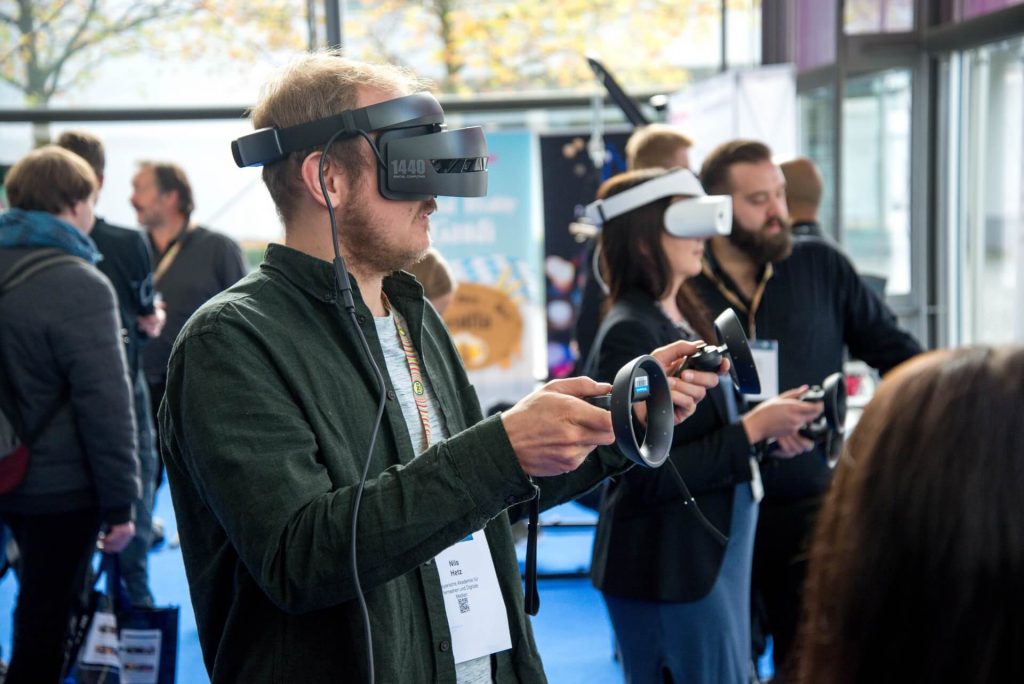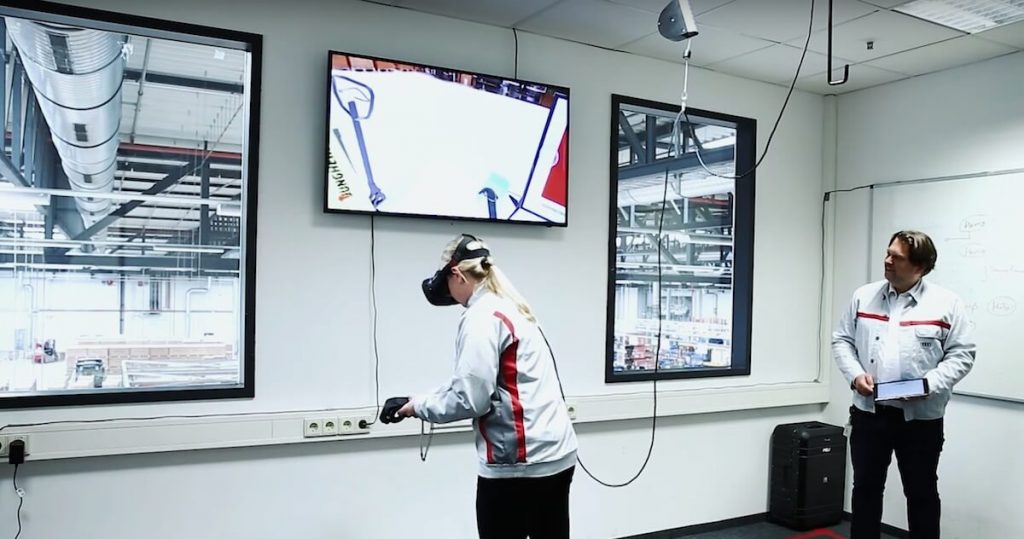Virtual reality training is officially becoming a thing. For decades, virtual reality has been a popular science fiction concept that’s never quite made it mainstream, but now VR is finally being used to train people for real-life skills. It’s changing the way we teach people new skills, train employees, and perform job assessments. In this post, we’re going to take a close look at what virtual reality training entails, the different types of VR solutions in the market today, and how businesses are using VR solutions for their businesses. VR training is a very hot topic, and many businesses are already starting to use them. However, there’s still a lot of confusion about the technology, so it’s important to understand what it is and how it works.
How VR works
Virtual reality (VR) is a brand new user interface unlike the conventional one, immersing a person in a digital 3D environment, instead of watching on a display. Computer-generated imagery and content aim at simulating a real presence through senses (sight, hearing, touch). Virtual reality simulation requires two main components: a source of content and a user device. Software and hardware, in other words.
The main challenge of VR is tricking the human brain into perceiving digital content as real. That is not easy, and this “immersion” issue is what still holds virtual reality experiences back from being enjoyable. For example, the human visual field doesn’t work as a video frame, and besides about 180 degrees of vision, we also have peripheral vision.
Virtual Reality (VR) and 360 video
360-degree video is a spherical video format. When viewed on a virtual reality headset it gives viewers the illusion of ‘being there’. It’s generally a non-interactive video and can be seen in 2D or 3D. If you want to make it interactive you can use platforms like Viar360 to do so.
As most web browsers now support 360, so videos are also viewable online. This allows people to look around the scene by clicking and dragging with their mouse. Alternatively, if people are viewing on mobiles, they can point their phones in the direction they’d like to see. The best 360 experience is on a VR headset such as Oculus Quest or Pico G2 4k.
The need for VR training solutions
Virtual reality (VR) and augmented reality (AR) are two of the fastest-growing segments of the tech industry. The business world is taking note, with companies in every industry using VR to train their employees. The market for VR-based training solutions is projected to grow from $11.4 billion globally in 2018 to $143.3 billion in 2026. Companies such as HTC and Lockheed Martin are already using VR to train employees – and the number of companies doing so is sure to increase over time.
In September 2016, a study conducted by Deloitte found that “nearly all of the executives (96 percent) surveyed indicated that they believe VR technology will make training better” over the next three years. The study goes on to say that two-thirds of executives anticipate that “they will increase VR-based training in the next three years”.





